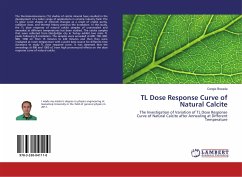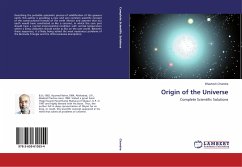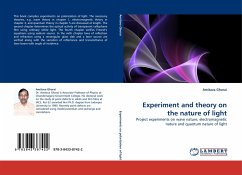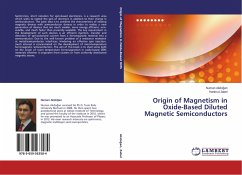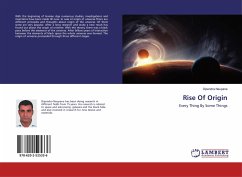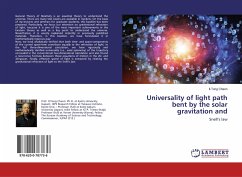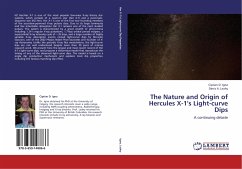
The Nature and Origin of Hercules X-1's Light-curve Dips
A continuing debate
Versandkostenfrei!
Versandfertig in 6-10 Tagen
52,99 €
inkl. MwSt.

PAYBACK Punkte
26 °P sammeln!
HZ Her/Her X-1 is one of the most popular low-mass X-ray binary star systems, which consists of a neutron star (Her X-1) and a post-main-sequence star (HZ Her). Her X-1 is one of the first two founding members of the accretion-powered X-ray pulsars class. Due to its large luminosity and low interstellar absorption Her X-1 remains one of the most studied pulsars. The system is characterized by a great wealth of phenomena including 1.24 s regular X-ray pulsations, 1.7-day orbital period eclipses, a superorbital X-ray intensity cycle of ~35 days, and a large number of highly variable X-ray absorp...
HZ Her/Her X-1 is one of the most popular low-mass X-ray binary star systems, which consists of a neutron star (Her X-1) and a post-main-sequence star (HZ Her). Her X-1 is one of the first two founding members of the accretion-powered X-ray pulsars class. Due to its large luminosity and low interstellar absorption Her X-1 remains one of the most studied pulsars. The system is characterized by a great wealth of phenomena including 1.24 s regular X-ray pulsations, 1.7-day orbital period eclipses, a superorbital X-ray intensity cycle of ~35 days, and a large number of highly variable X-ray absorption events coined light-curve dips by Riccardo Giacconi, one of the 2002 Physics Nobel Prize laureates and founder of X-ray Astronomy. Unlike the periodic X-ray flux modulations, the light-curve dips are not well understood despite more than 30 years of intense research work. We present here the largest and most recent record of Her X-1 s light-curve dips, and propose a theoretical model that reproduces the timing of any of the observed light-curve dips. The model is based on a single dip production mechanism and explains most dip properties, including the famous marching dip effect.




